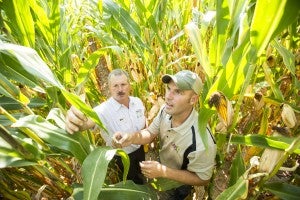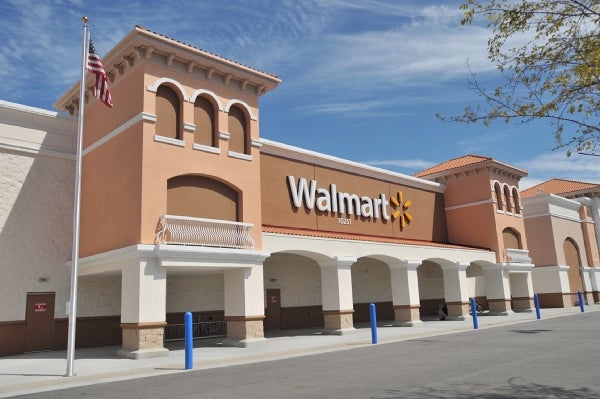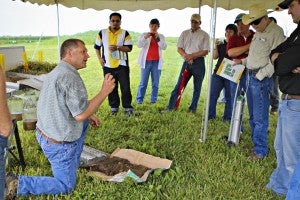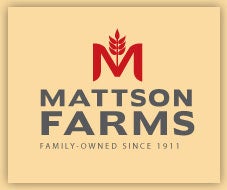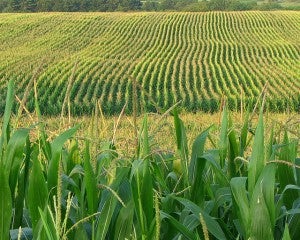 The Paris Climate Agreement included a special emphasis on food security and the threats it faces from extreme weather events. Despite only brief mentions of agriculture in the preamble to the agreement itself, a recent study from the University of Vermont reveals that global emissions reduction targets absolutely cannot be met without significant contributions from the agricultural sector.
The Paris Climate Agreement included a special emphasis on food security and the threats it faces from extreme weather events. Despite only brief mentions of agriculture in the preamble to the agreement itself, a recent study from the University of Vermont reveals that global emissions reduction targets absolutely cannot be met without significant contributions from the agricultural sector.
According to this new research in Global Change Biology, agriculture needs to reduce emissions by one gigaton per year in 2030, yet current mitigation strategies can only meet 40 percent of this target, at most, and may deliver as little as 21 percent of what is needed.
The authors argue that agriculture needs to play its part, and I couldn’t agree more. We are dependent on agriculture not only to keep us fed, but also to lead the way in addressing climate change threats. Agriculture represents approximately 9 percent of total emissions in the U.S., and between 10 to 29 percent of emissions globally, though this figure is projected to increase.
Despite the fact that 119 nations included agricultural mitigation as an in-country strategy for meeting the Paris Agreement reduction targets, no country has yet reported on how to accomplish these pledges.
Ultimately, the responsibility to implement tangible on-farm changes that reduce emissions falls on billions of farmers, but there is an even greater responsibility for animal agriculture companies. Here’s why – and what these companies can do to help tackle the climate challenge. Read More »

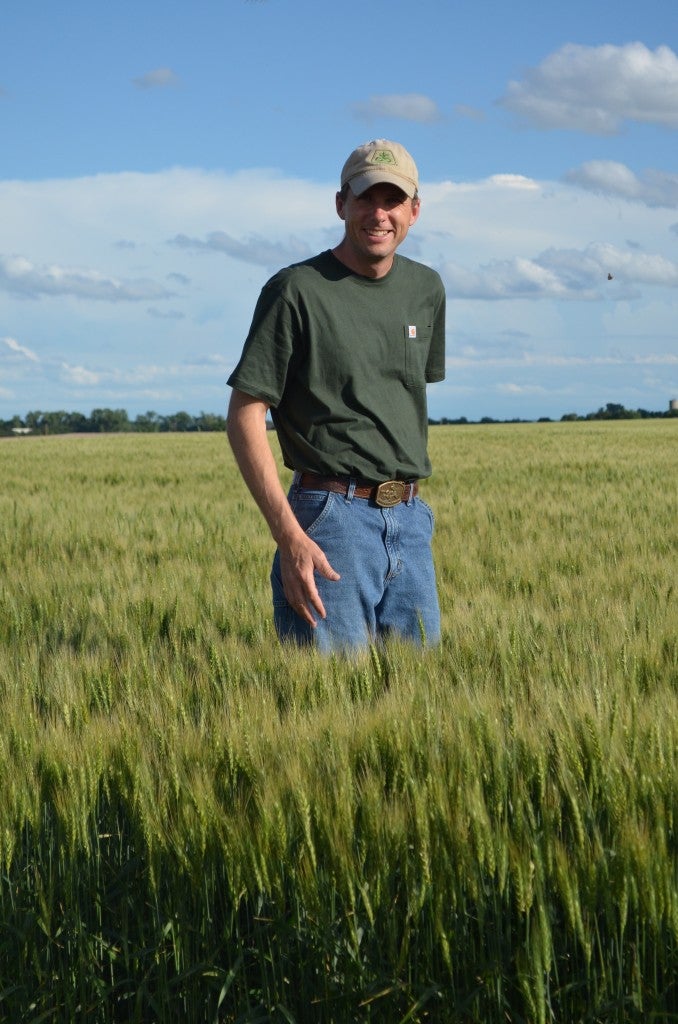 I first met Justin Knopf at a meeting in DC about five years ago. At 6’3”, he definitely stood out, but not just physically. He openly conveyed how important his family and his land are – the reason he cares so much about making sure his Kansas farming operation can live on is for his children. It’s rare to meet someone so articulate, sincere and committed to sustainability.
I first met Justin Knopf at a meeting in DC about five years ago. At 6’3”, he definitely stood out, but not just physically. He openly conveyed how important his family and his land are – the reason he cares so much about making sure his Kansas farming operation can live on is for his children. It’s rare to meet someone so articulate, sincere and committed to sustainability.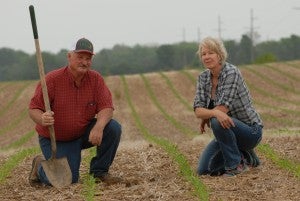 Today represents a huge advancement for sustainable agriculture, and a new era of food company collaboration. At the Farm Progress Show in Boone, Iowa, we are officially launching
Today represents a huge advancement for sustainable agriculture, and a new era of food company collaboration. At the Farm Progress Show in Boone, Iowa, we are officially launching  The Paris Climate Agreement included a special emphasis on food security and the threats it faces from extreme weather events. Despite only brief mentions of agriculture in the preamble to the agreement itself, a recent
The Paris Climate Agreement included a special emphasis on food security and the threats it faces from extreme weather events. Despite only brief mentions of agriculture in the preamble to the agreement itself, a recent 